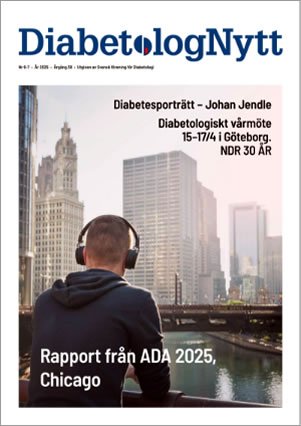Novel glucose-sensing technology and hypoglycaemia in type 1 diabetes: a multicentre, non-masked, randomised controlled trial
 Press enter key for correspondence information
Press enter key for correspondence information,
,
,
,
Summary
Background
Tight control of blood glucose in type 1 diabetes delays onset of macrovascular and microvascular diabetic complications; however, glucose levels need to be closely monitored to prevent hypoglycaemia. We aimed to assess whether a factory-calibrated, sensor-based, flash glucose-monitoring system compared with self-monitored glucose testing reduced exposure to hypoglycaemia in patients with type 1 diabetes.
Method
In this multicentre, prospective, non-masked, randomised controlled trial, we enrolled adult patients with well controlled type 1 diabetes (HbA1c ≤58 mmol/mol [7·5%]) from 23 European diabetes centres. After 2 weeks of all participants wearing the blinded sensor, those with readings for at least 50% of the period were randomly assigned (1:1) to flash sensor-based glucose monitoring (intervention group) or to self-monitoring of blood glucose with capillary strips (control group). Randomisation was done centrally using the biased-coin minimisation method dependent on study centre and type of insulin administration. Participants, investigators, and study staff were not masked to group allocation. The primary outcome was change in time in hypoglycaemia (<3·9 mmol/L [70 mg/dL]) between baseline and 6 months in the full analysis set (all participants randomised; excluding those who had a positive pregnancy test during the study). This trial was registered with ClinicalTrials.gov, number NCT02232698.
Findings
Between Sept 4, 2014, and Feb 12, 2015, we enrolled 328 participants. After the screening and baseline phase, 120 participants were randomly assigned to the intervention group and 121 to the control group, with outcomes being evaluated in 119 and 120, respectively.
Mean time in hypoglycaemia changed from 3·38 h/day at baseline to 2·03 h/day at 6 months (baseline adjusted mean change −1·39) in the intervention group, and from 3·44 h/day to 3·27 h/day in the control group (−0·14); with the between-group difference of −1·24 (SE 0·239; p<0·0001), equating to a 38% reduction in time in hypoglycaemia in the intervention group.
No device-related hypoglycaemia or safety issues were reported. 13 adverse events were reported by ten participants related to the sensor—four of allergy events (one severe, three moderate); one itching (mild); one rash (mild); four insertion-site symptom (severe); two erythema (one severe, one mild); and one oedema (moderate). There were ten serious adverse events (five in each group) reported by nine participants; none were related to the device.
Interpretation
Novel flash glucose testing reduced the time adults with well controlled type 1 diabetes spent in hypoglycaemia. Future studies are needed to assess the effectiveness of this technology in patients with less well controlled diabetes and in younger age groups.
Nyhetsinfo
www red DiabetologNytt

